How to Grow Quince Trees |
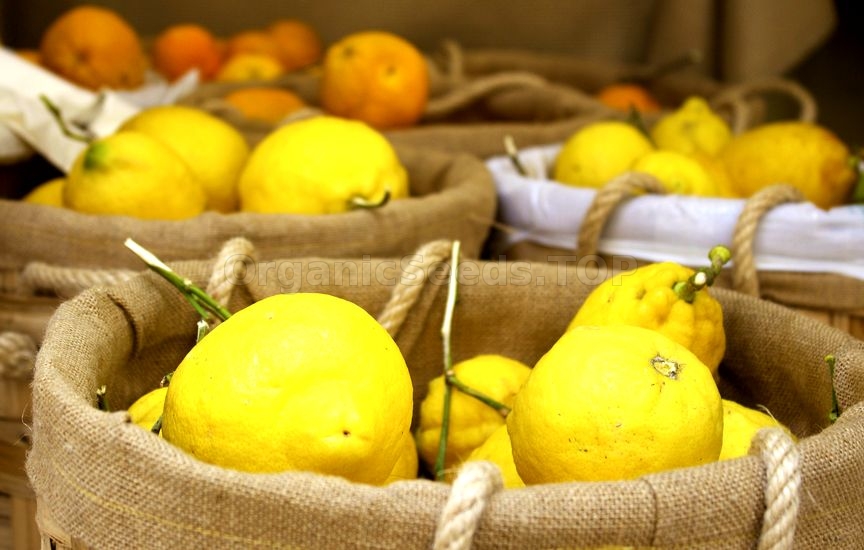 Fashions come and go, no less in fruit-growing than in the width of trouser-leg (though rather more slowly), but if you want to be á la mode in your garden right now I recommend you plant a quince tree. It's even The California Rare Fruit Growers Association's 2014 fruit tree of the year. 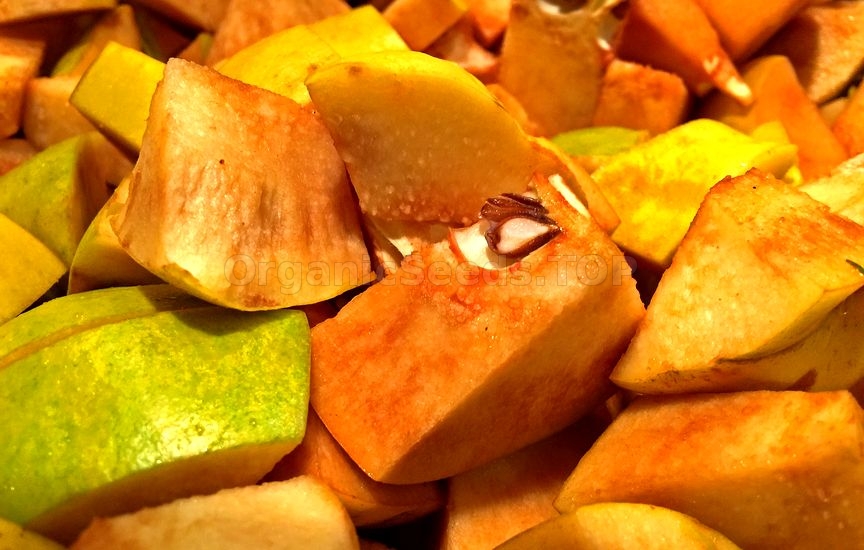 Its renaissance is long overdue. The tree itself is full of character, tending to grow into an irregular shape with twisted branches. Its flowers, which appear in June, are single, large and pinky-white. The large fruits ripen to golden-yellow and shine out from among the strikingly large leaves, which are grey and furry underneath, making you want to stroke them. The fruit itself is delicious. 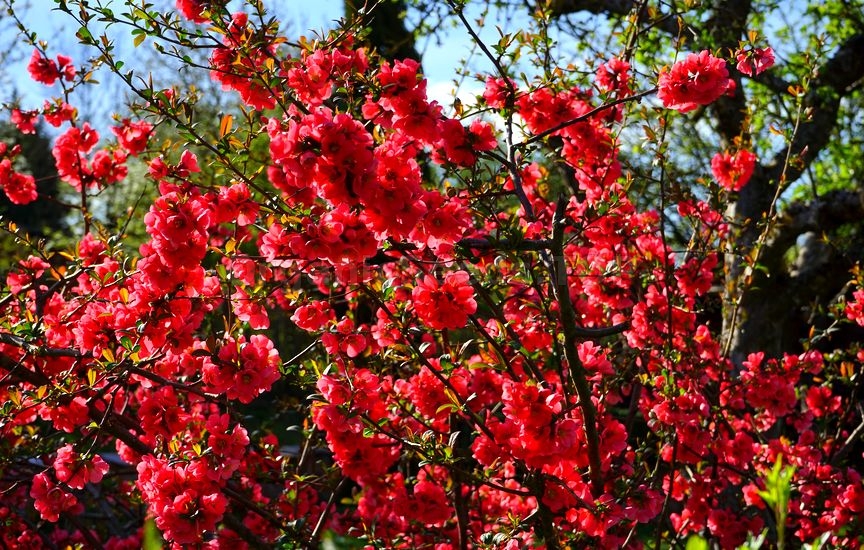 What I love, though, is its part in history and myth. It's often mooted that the apples awarded to Aphrodite by Paris were actually quinces, as might have been the fruit with which the serpent tempted Eve. It seems the seeds were once used as a gelling agent (before commercially produced gelatine made things easier) and it has always been a useful source of pectin for jams. Quince trees live to a ripe old age, and venerable examples include the four wizened veterans in the Cloisters Museum in New York. Tasty, Scented Fruits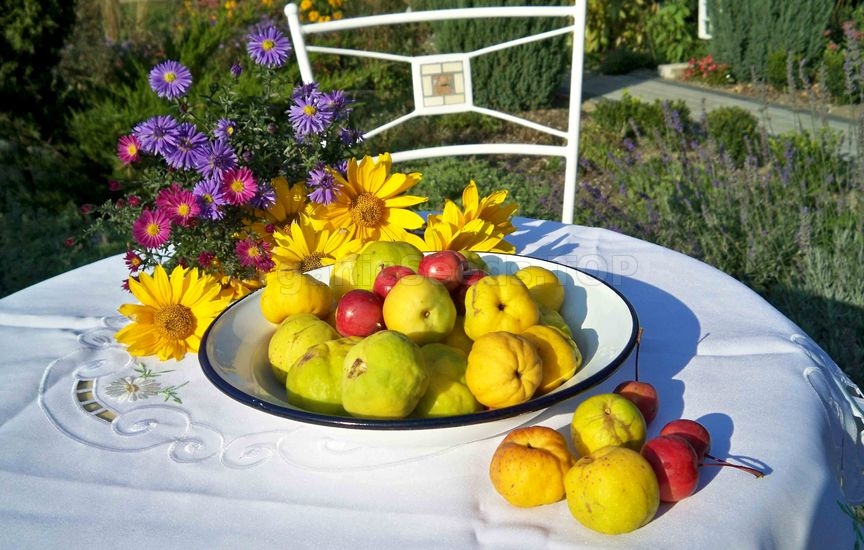 On top of all this, though, is a beautiful taste and scent. The fruit has to be cooked as it's too hard to eat fresh (an exception, in a good summer, may be the early-ripening variety Ivan), but although many recipes call for long hours of baking, if you stew it in a pan it will actually cook in about fifteen minutes. Its slightly spicy, intensely rich flavour combines excellently with apples or dried fruit.
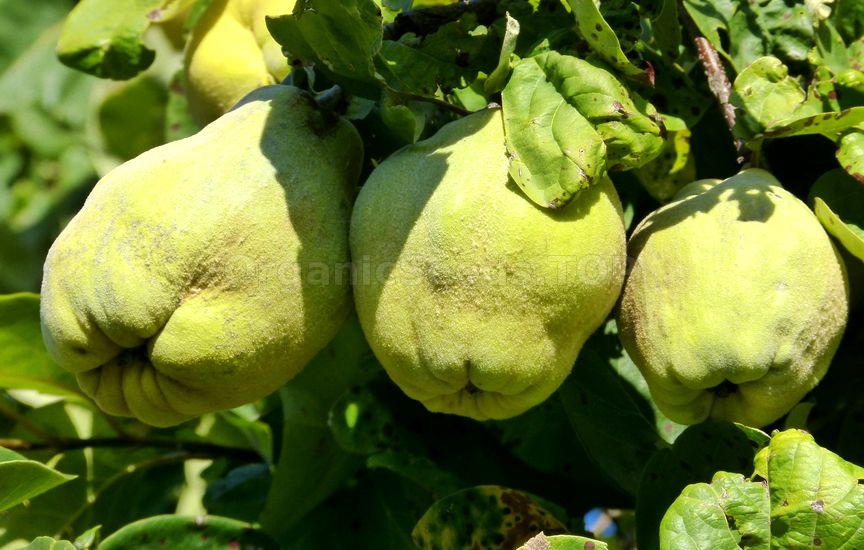 The fruits smells rather like pineapple—not the fresh fruit (the introduction of which probably helped in the quince's decline), but pineapple sweets. A bowl of quinces will scent a room, and some people even recommend putting one in the car as an air-freshener. Growing Quince Trees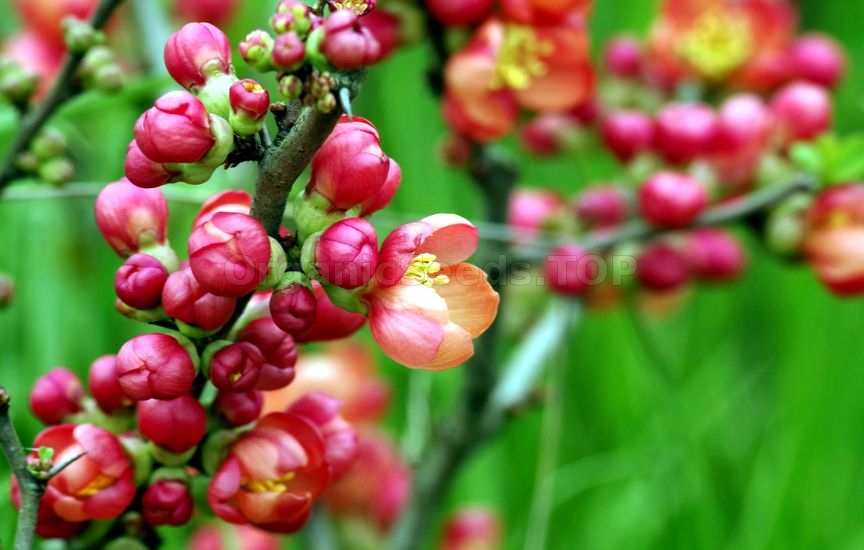 Another good point is that a quince will tolerate most soils, acid or alkaline. It's happiest on a deep, rich loam that stays moist and if I had a pond or stream I'd put one next to it, so long as it didn't become waterlogged. Light soils should have plenty of compost added before planting and a thick organic mulch applied every year. In a very dry summer, you should give it a very thorough soaking.
Planted in open ground, it's not a first choice for the smallest garden as, depending on rootstock and soil conditions, it can grow anywhere from around 10 feet (3 meters) to 20 feet (6 meters) tall. However, it could also be trained against a wall and recently a Patio Quince has been developed, so even if space is limited it's not out of the question. A bonus is that, being self-fertile, only one tree is needed. 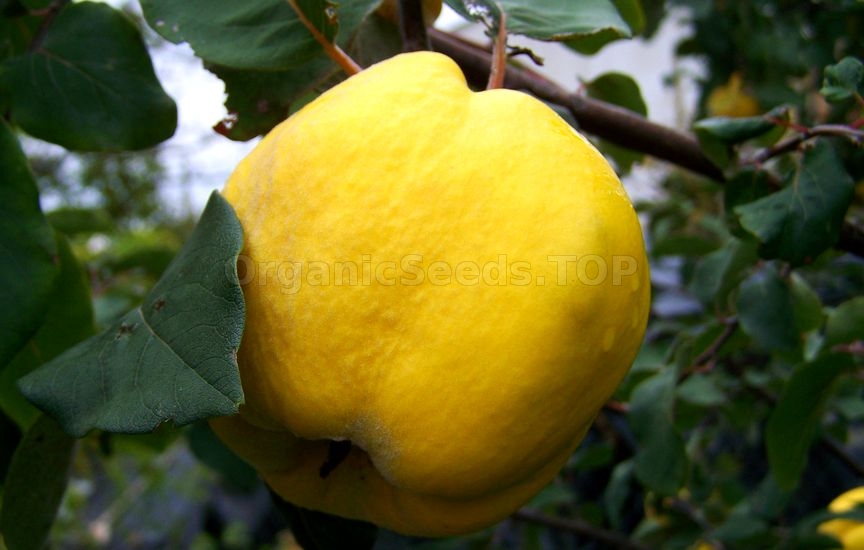 Advice is generally to cosset your quince in a warm and sunny spot or, in colder northerly areas, to grow it against a south-facing or west-facing wall (in the States it is hardy in Zones 5-9). However, as always, growing isn't an exact science, and we've found that in the UK's warmer south our east-facing Vranja variety is quite happy in a bit of shade. Once established, quince trees need very little pruning. In winter, remove dead, diseased or damaged stems. If yours has a particularly untidy mode of growth you could also even up the tree's shape a bit and take out any branches that are creating congestion. Best Quince Varieties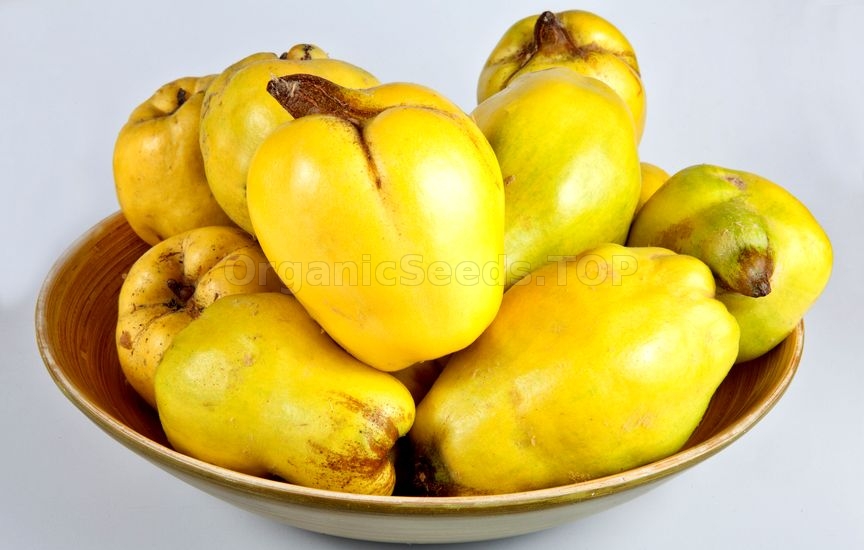 Quinces are either apple- or pear-shaped. The slightly misshapen pear shapes look dramatic, but apple-shaped Leskovic is the hardiest and probably the best choice for colder positions. Vranja (the only quince with an Award of Garden Merit) and Meech's Prolific are very reliable, and Bereczki is said to crop heavily and have one of the best flavors. There is a surprising variety of cultivars (one of the world's largest quince collections is held in Oregon, USA) and advice from a local nursery should put you on to a good choice for your area.
Harvesting, Storing and Using Quinces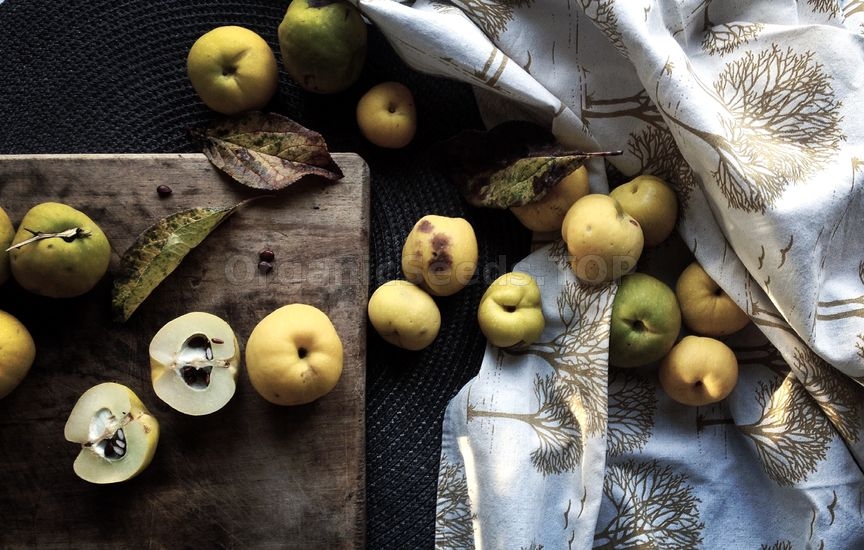 The fruit ripens gradually to a rich yellow and though it's tempting (think of Eve's apple), it should be left on the tree as long as possible to allow the flavor and perfume to develop. Ideally this means until the end of October. The only exception is if frosts threaten, when you should gather them before the cold gets them. 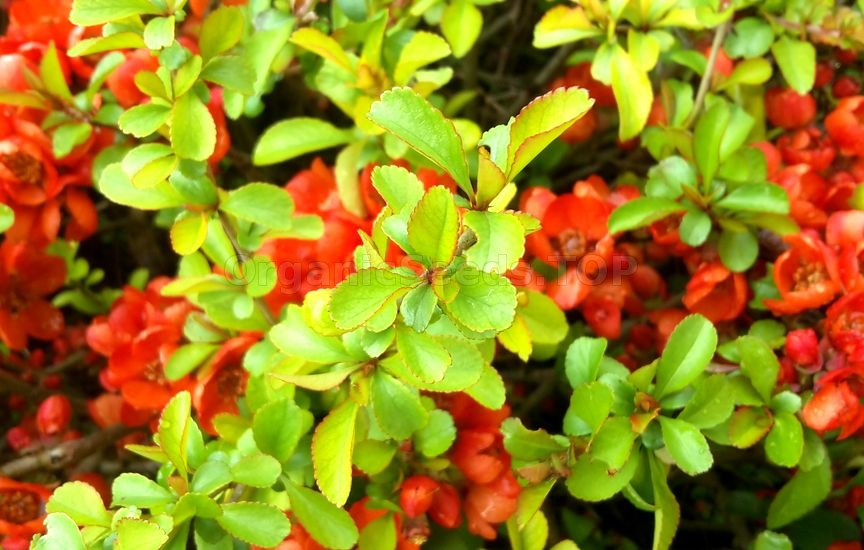 Storing demands a little thought as their perfume will affect any fruit stored nearby. Put them somewhere separate, where they don't touch each other, and check regularly for rot. The fruit will keep for around 3 months. Quince can used in savory dishes to accompany meat, but also, like the medlar, to make a cheese or jelly, and is the secret to a really special apple pie. You'll never want to eat one without quince again. 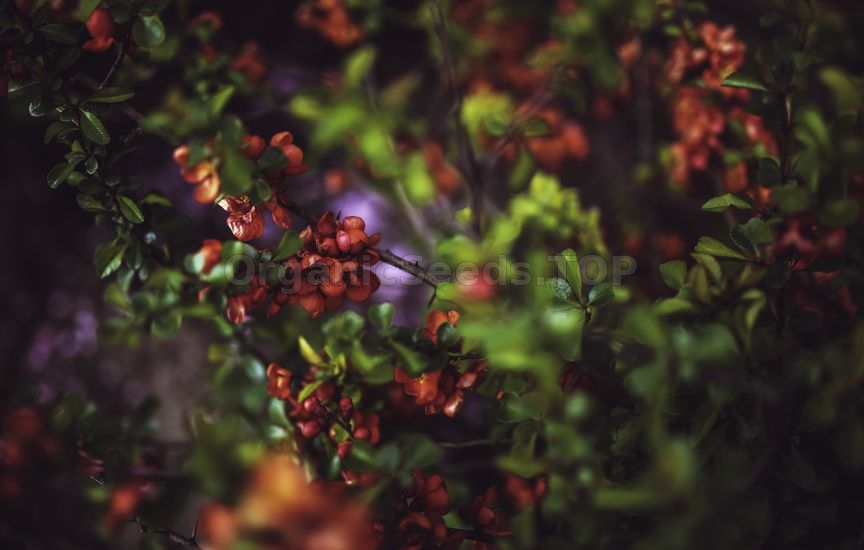 |
|
|
